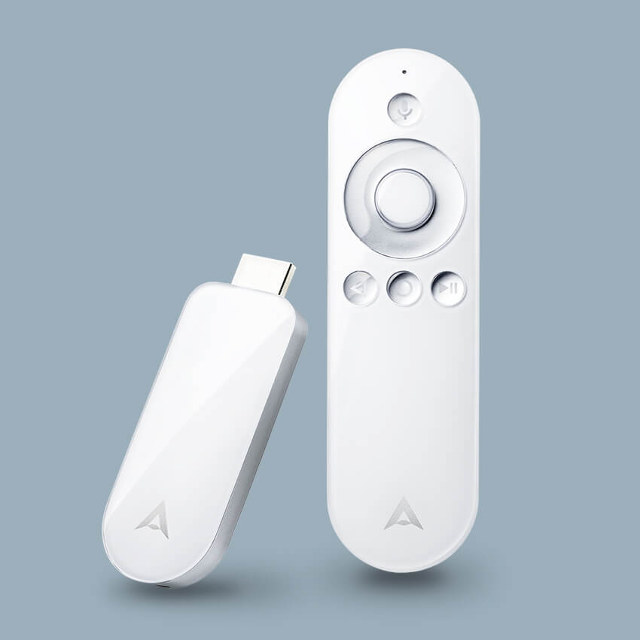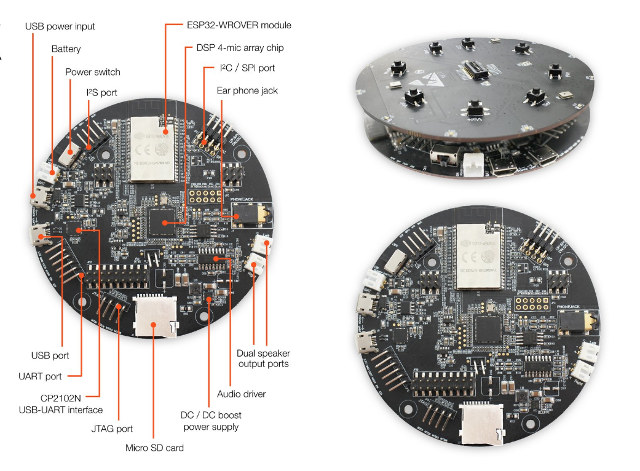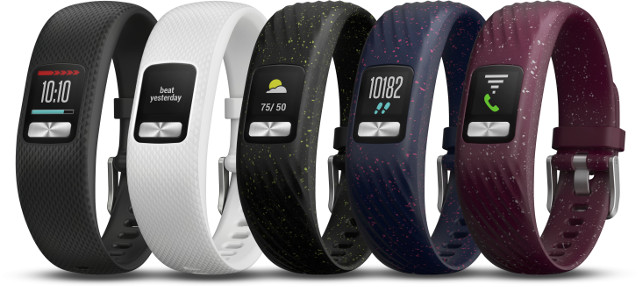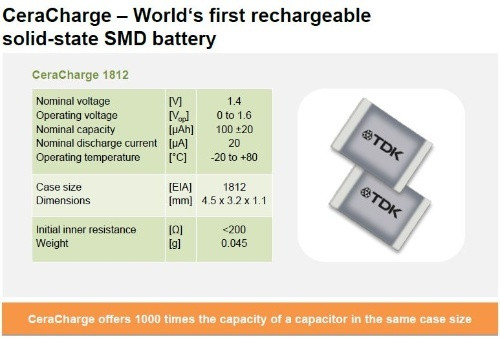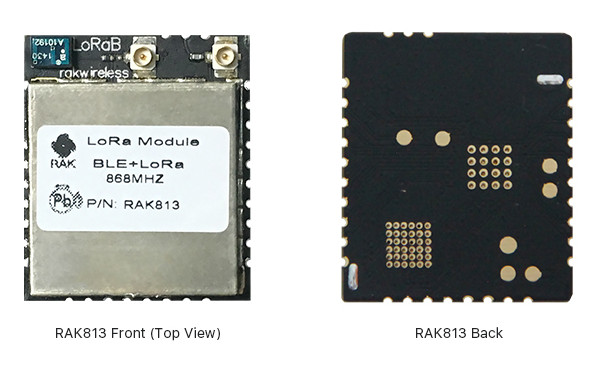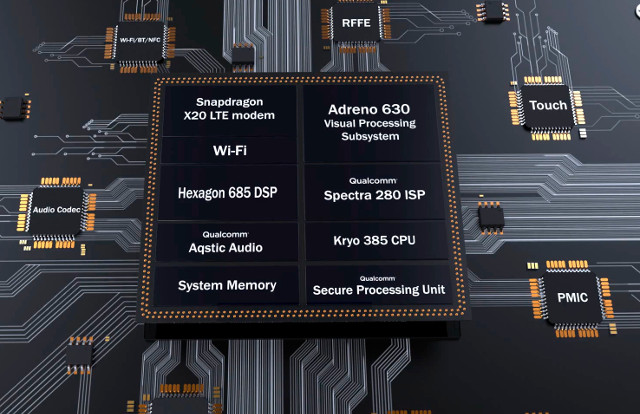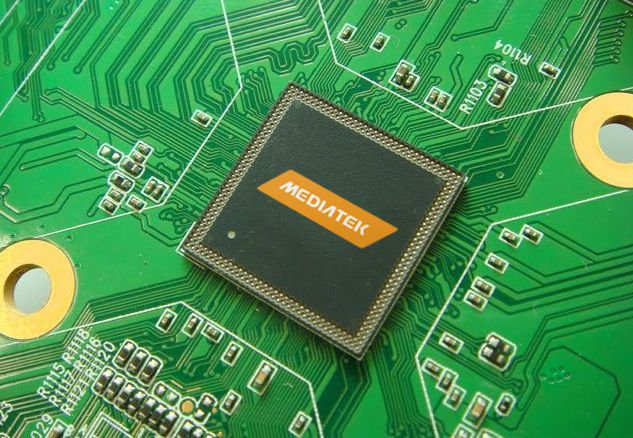The Embedded Linux Conference 2018 and the OpenIoT Summit 2018 will jointly take place next month, on March 12 – 14, 2018 in Portland, Oregon, USA. The former is a “vendor-neutral technical conference for companies and developers using Linux in embedded products”, while the latter is a “technical conference for the developers and architects working on industrial IoT”. The Linux Foundation has already published the schedule, and it’s always useful to learn what will be discussed about even for people who won’t attend. With that in mind, here’s my own virtual schedule with some of the talks I find interesting / relevant to this blog. Monday, March 12 10:50 – 11:40 – Progress in the Embedded GPU Ecosystem by Robert Foss, Collabora Ltd. Ten years ago no one would have expected the embedded GPU ecosystem in Linux to be what it is now. Today, a large number of GPUs have […]
CCC Air Stick 4K TV Stick Runs Android TV, Supports HDR10, aptX HD Bluetooth Audio (Japan)
It’s been a while since I have seen an Amlogic S912 TV stick, and so far none of them would run Android TV operating system. But CCC Air Stick 4K does, meaning it supports Google Cast like a ChromeCast, as well as Voice Commands through a remote control. The company also claims support for aptX and aptX HD Bluetooth audio, as well as online services such as Hulu, Netflix, Spotify, and some Japanese specific services, since the TV stick only targets the Japanese market. Air Stick 4K specifications: SoC – Amlogic S912J 64-bit octa core Arm Cortex A53 @ up to 1.5GHz with Arm Mali GPU System Memory – 2 GB Storage – 16 GB flash Video Output – HDMI 2.0a up to 4K @ 60 Hz with HDR10, CEC support Audio – HDMI audio output, aptX / aptX audio over Bluetooth Connectivity Dual band (2.4 GHz/5 GHz) 802.11b/g/n/ac WiFi […]
Espressif ESP32 LyraTD MSC HDK is Designed for Smart Speakers, Wireless Audio and other Smart Home Appliances
[Update February 17, 2018: The kit was previously referred as ESP32 LyRaTD MS1, but the company appears to have changed the name to ESP32-LyRaTD-MSC] So apparently voice command will represent 50% of all searches in the next two years, and everybody is jumping on the smart speaker bandwagon, with announcements from many companies at CES 2018, including Google’s Android Things + Assistant products‘ announcement, NXP i.MX 8M official launch, Amazon Alexa Voice Service (AVS) development kit from Amlogic and Allwinner, and more. Espressif Systems is about to join the party with their ESP32 LyraTD MS1 HDK (Hardware development kit) that most people will likely remember as “Audio Mic HDK” that was announced on Twitter. Espressif Audio Mic HDK specifications: Wireless Module – ESP32-WROVER module with 802.11 b/g/n WiFi and Bluetooth 4.1 LE connectivity. DSP – 4-mic array chip Storage – micro SD card for audio files Audio Audio driver chip […]
Garmin Launches Vivofit 4 Activity Tracker with One Year Battery Life
I have not spent much time covering wearables like smartwatches and fitness trackers this year, mostly because I find they have too many flaws at this stage. Back in 2016, I found many had a short life time, they would just stop working after a few weeks or months, even the fairly popular Xiaomi Mi Band 2 only lasted 2 months after an ill-fated firmware upgrade. In my case, I also found activity / fitness trackers did not have the motivating factor I thought they’d have, so I don’t think I exercise more or less with one. Finally, another annoyance is that most need to be charged every couple of days or weeks, and I’m frequently leaving the one I’m still using (SH09) run out of battery, losing recent data. The best solution to address the latter issue would be some type of energy harvesting, so that we would never […]
TDK CeraCharge Solid State Battery-in-a-Chip is Designed for IoT & Wearables
We’ve recently seen solid state batteries are prone to dislodge current Lithium Ion battery technology as they are safer, support higher energy density, and faster charging. Such batteries are expected to be seen in car in the first part of the next decade, in smartphones starting possibly in 2019, but TDK has just announced their own CeraCharge rechargeable solid state SMD battery with mass production scheduled to start in April 2018. TDK CeraCharge battery-in-a-chip will come in compact EIA 1812 package (4.5 x 3.2 x 1.1 mm), offer a capacity of 100 µAh at a rated voltage of 1.4 V, and can be recharged up to 1000 times. Potential applications include IoT devices, real-time clocks, Bluetooth beacons, and systems for energy harvesting. The battery – which will look very similar to an SMD capacitor – does not include liquid electrolyte, and instead uses a solid ceramic element as electrolyte which rules out any risk of fire, explosion, […]
RAK Wireless Introduces LoRa + BLE Module, LoRa GPS Tracker, and NB-IoT/eMTC Arduino Shield
We’ve previously covered several products from RAK Wireless, including RAK WisCam Arduino compatible Linux camera, RAK CREATOR Pro Ameba RTL8711AM WiFi IoT board, and WisCore modular development kit for application leveraging voice assistants such as Amazon Alexa. AFAIK, the company had not released any new products since their RAK831 LoRa gateway module launched last summer, but they just contact me with the release of three new wireless products, namely RAK813 BLE + LoRa module, RAK811 LoRa tracker board, and WisLTE NB-IoT/eMTC/eGPRS Arduino shield. RAK813 BLE + LoRa module & Development Board Main features and specifications: Connectivity LoraWAN via Semtech SX127x (LoRa) chipset Frequency Ranges 433MHz, 470MHz FCC Frequency range 902~928MHz CE Frequency range 863~870MHz MIC Frequency range 920~928MHz KCC Frequency range 920~923MHz Receiver Sensitivity: LoRa down to -146 dBm TX Power – adjustable up to +14 dBm, max PA boost up to 20dbm Range – Up to 15 km in rural […]
Qualcomm Snapdragon 845 Octa Core Kryo 385 SoC to Power Premium Smartphones, XR Headsets, Windows Laptops
Qualcomm Snapdragon 845 processor was expected since May 2017 with four custom Cortex A75 cores, four Cortex A53 cores, Adreno 630 GPU, and X20 LTE modem. with the launch planned for Q1 2018. At least, that what the leaks said. Qualcomm has now formally launched Snapdragon 845 Mobile Platform and rumors were mostly right, as the the octa-core processor comes with four Kryo 385 Gold cores (custom Cortex A75), four Kryo 385 Silver cores (custom Cortex A55) leveraging DynamIQ technology, an Adreno 630 “Visual Processing System”, and Snapdragon X20 modem supporting LTE Cat18/13. The processor is said to use more advanced artificial intelligence (AI) allowing what the company calls “extended reality (XR)” applications, and will soon be found in flagship smartphones, XR headsets, mobile PCs, and more. Qualcomm Snapdragon 845 (SDM845) specifications: Processor 4x Kryo 385 Gold performance cores @ up to 2.80 GHz (custom ARM Cortex A75 cores) 4x […]
Mediatek MT2621 Supports Dual Mode NB-IoT and GSM/GPRS for IoT, Wearables, and Industry 4.0
Mediatek introduced MT2625 ARM Cortex-M SoC supporting NB-IoT (aka LTE Cat NB1/NB2) compatible with 3GPP Release 14 last summer, and designed for global cellular IoT devices. The company has now unveiled a new NB-IoT part with Mediatek MT2621 ARM7 dual-mode IoT SoC that is capable of both NB-IoT R14 and GSM/GPRS connectivity for applications such as smart trackers, wearables, IoT security, smart metering and industrial applications. The chip would allow you to start deploying devices with GSM connectivity, and once available in your locale, switch to the more efficient NB-IoT protocol. Mediatek MT2621 specifications: Processor – Single ARM7 core @ up to 260MHz Memory – 160KB + 4MB PSRAM Internal Flash Connectivity Integrated Baseband, RF, Antenna, and Modem DSP NB-IoT ultra-low/low/mid bands defined by 3GPP Rel-14 GSM/GPRS Bluetooth 4.2 Display – LCM interface Camera – Camera interface Audio – Audio Amplifier Integrated PMU Mediatek is really light on details, but […]



